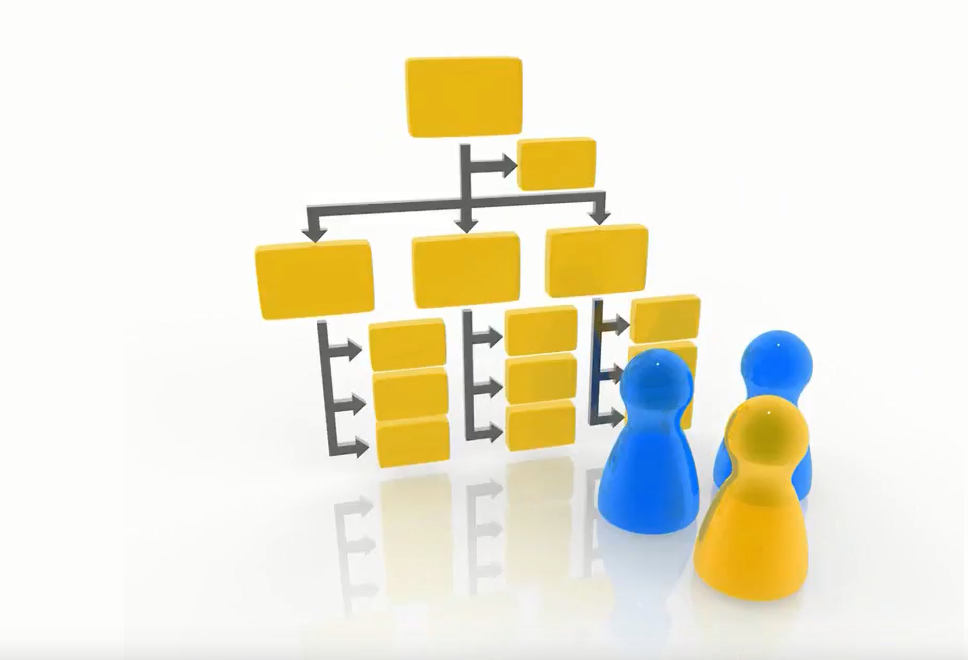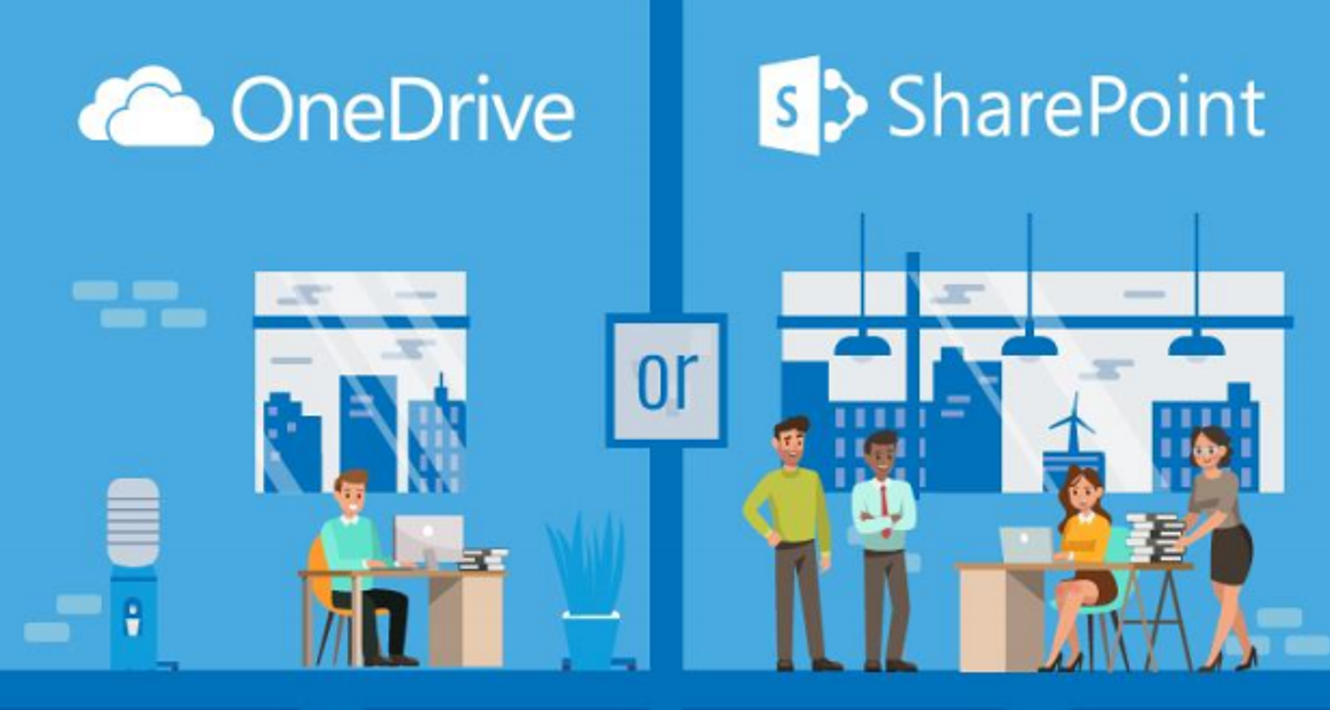Jack Frost Design - The Digital Agency

Insights
The next three years
will never happen again.
AI is reshaping how every organization learns, decides, and delivers value — and these insights show how to stay ahead of it
- Artificial Intelligence
- Assessments
- Branding
- Cloud
- Copilot
- Dashboards
- Design
- Digital World
- Extranets
- Governance
- Help Desk
- How To
- Intranets
- Microsoft Teams
- Office 365
- One Drive
- Portals
- Power Apps
- Power Automate
- Power BI
- Records Management
- Reskill - UpSkill
- SharePoint
- SharePoint Adoption
- SharePoint Interventions
- Tech Trends
- Training
- Workflow Automation


What is Microsoft SharePoint?
What is an Intranet
Microsoft SharePoint is the foundation of modern intranets. It centralizes document management, automates workflows, enhances collaboration, and keeps company data organized, secure, and accessible from anywhere.

What is Microsoft One Drive
A Place to Put Your Stuff
When anyone has a subscription to Microsoft Office 365 they typically will receive a “One Drive” account. (If you have access to 0365 through a corporate account, One Drive is automatically included and it’s normally, by default, available to all users. It is however possible for your corporate IT Department to “turn off” One Drive. (This is sometimes done for security reasons)

Building a SharePoint Intranet... Not So Fast
Too many SharePoint intranet projects fail before they even start. Discover the key planning steps, adoption strategies, and project manager checklists that can make your next rollout a long-term success.

Can SharePoint Online and Office 365 be used as a Records Management System?
We asked the experts… Then we tried it.
This article explains how Records Management was implemented in SharePoint 2016 using Record Centers and Content Organizer Rules.
While these methods are now legacy, the post remains valuable for understanding how modern Microsoft 365 compliance features—like Purview retention labels—evolved from earlier approaches.

The 3 Most Common Mistakes in Office 365 and SharePoint Deployments
Many Office 365 and SharePoint deployments fail for the same three reasons: lack of vision, planning, and training.
Learn how to fix these issues and ensure your Microsoft 365 rollout delivers the ROI your organization expects.

There's Real SharePoint Adoption and Just Adding "Social"
True SharePoint adoption isn’t about adding social features—it’s about empowering employees. Learn how communication-focused intranet design increases engagement, adoption, and real business value.

How NOT to write a SharePoint RFP or RFQ
Many SharePoint RFPs fail before they start.
Learn why vague requirements lead to poor results—and how breaking your project into two clear phases (planning and execution) can save time, money, and frustration.
